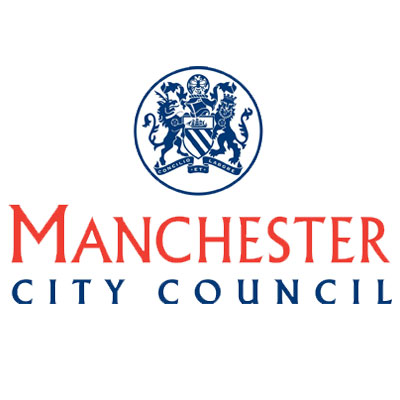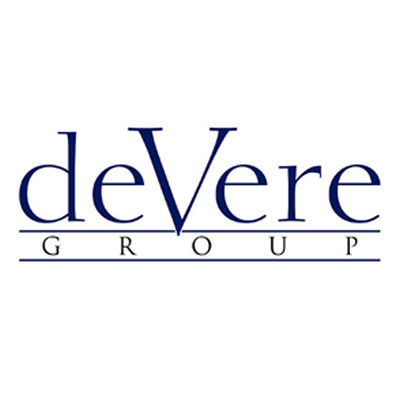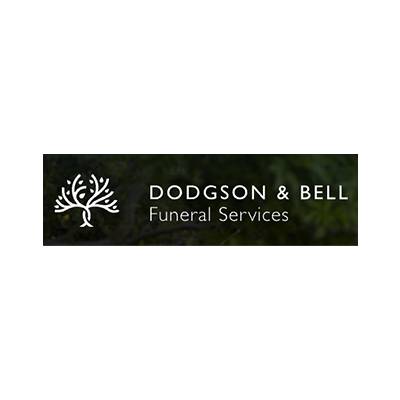E-commerce has completely changed the way we shop. That’s the long and short of it, straight off the first page. There is only one crown in the fairy tale world of commerce and it is the one who converts the most attention that gets to wear it. So what does this mean for online shopping these days?
Electronic transactions require no human contact, they are conducted without a verbal thank you and unless we have used the product before, there isn’t the option to try before you buy. We can buy all the things we love and need, without leaving the comfort of our own homes. Companies operating online manage to sell consumers tangible products they’ve never even touched or seen before. Similarly, businesses operating in the service sector can attract interest and complete sales without the presence of a charismatic and knowledgeable salesperson.
How is this possible though? How does the prince of commerce-land manage to do so well for himself? Well, it’s all in the design…
Attractive and Trustworthy Web Design
An attractive website builds trust. It becomes apparent to the site visitor that the website owner has invested time and money into the website in order to make it look visually pleasing and above all, legitimate. Websites which look good perform better and observe better conversion rates than poorly designed competitors and counterparts. This is why website designers will use an amalgamation of personal experiences, strategic planning and good old gut feelings when determining how a particular website should look.
When conceptualising design ideas, designers will consider and assess how they believe a visitor will interact and navigate a website. This is then backed up or disproved by user research and a range of multivariate testing programs. High street shoppers will avoid undesirable store fronts and digital consumers will mimic this behaviour online. Below we discuss how companies are able to use their website as a platform to develop a sense of trust and desire within the consumer.
What is Your First Website Impression?
The first thing site visitors notice when they enter a website is the design style. Websites should be designed with their target demographic in mind but be alluring to a wider audience. Implementing basic design principles, such as the rule of thirds, is instantly appealing in a subconscious sense. The rule can be defined as splitting a page into 9 equal squares and using the four intersections in the middle as tactical points of attention. Any images or text positioned in these four places are thought to hold a stronger impact when viewed.
A landing page, often the home page, must convince a site visitor not to close the page or leave the site. Most people decide if a page is worth viewing within 8 seconds. Headlines or logos need to be made apparent and clear. If a website is not aesthetically pleasing, site visitors will jump ship quicker than a prisoner on a burning pirate vessel. Attracting visitors to a website is only the first step of e-commerce, website owners must also offer visitors assurance and give them a reason to stay. Otherwise, the fairy tale starts to lose momentum and the crown begins to slip for the conversion king!
The Importance of Proper Branding
Some aspects of web design for e-commerce, such as clear positioning of a company logo, are universal. The chosen logo should be the same or hold great similarities to any previous branding a company has undertook. If you are in the midst of starting a company or rebranding an existing one, then a simple but unique design with the potential to be instantly recognisable and memorable should be used. Furthermore, the logo should be versatile with the ability to be resized and applied on physical surfaces and materials.
Akin to an attractive logo, high resolution images and graphics keep site viewer’s attention. In the 90s and early 2000s, websites were littered with things like ugly flashing banner ads, intrusive pop ups and poor backgrounds. Textures were overly simple and when attempted otherwise were pixelated. Likewise, a professional font, sizing and colour palette used throughout the webpage radiates professionalism and splendour.
Negative or Empty Space
Negative or empty space should also be planned in during the design process and used effectively. All of the negative space present on your page in between the different components should be considered. Being attentive to the negative spaces on your site will help keep text legible and the site accessible to visitors. They are able to scan the page swiftly to find the information or product they are looking for.
Today, new avenues of imagery are growing in popularity. Infographics is an example, usually large images with little text used to inform the site visitor on a particular topic or matter. Infographics use imagery to break down and condense information, so it is in a format which is easier to digest. Moving digital media such as animations and informative videos can also be used to insert a sales pitch, introduce the company or help navigate the site visitor through the website. The design must also be versatile and adaptable for other platforms. Web designers must make a website operational across numerous devices including but not limited to computers, mobiles and tablets.
Free and Easy Website Navigation
If a site looks good but it is difficult to navigate, the visitor may lose interest. A proven method of preserving a site viewer’s interest is to implement Hick’s Law. A psychological theory concerned with giving consumers many options. By doing so, they will remain on the page longer. Designing a page which allows the visitor to easily find what they are looking for, but then further their interest in your offering by giving them something else of value to look at, can only aid conversions.
A user interface which includes undesirable qualities however such as a poor internal product search engine, unclear page headings or information which is difficult to find or is hidden within a seemingly unrelated page will negatively affect the user experience and impact conversion rates. Contact details should be made clear so that site visitors immediately know that their questions can be answered and that any problems post-purchase can be resolved in a way which is convenient to them.
Expertly Written Content
Earlier, it was outlined that sales online often take place without the consumer having ever touched the product or spoke to a company representative. For this reason, clear and concise written content, outlining the features and benefits of the product, is like music to a consumer’s ears. The quality of the written content and the information made available onsite will also impact a site viewer’s judgement. Accommodating a blog or news page reveals to the site visitor that the website is still active, updated regularly and could be influential or an opinion former in the industry it operates in.
Content should reflect the literacy skills of the country a business is operating within. In the UK, the average reading age is 9 years, so the language used should reflect this level. If a website contains lots of easy to read and clearly knowledgeable content, visitors will assume the company is an expert in the field it is operating in. If this content contains spelling mistakes, broken sentences, untrue or false claims then as a consequence, some faith is lost and the site viewer will be less likely to make a purchase. Remember, words are just as important as imagery when it comes to a web page design. Great content should inform, be original and provide something of value for the person visiting the page.
Live Happily Ever After
There you have it. These are the issues that you should seriously consider and act upon if you want your fairy tale web design to have a happy ending. It is estimated that 96% of site visitors, upon entering a site, are not ready to make a purchase. For this reason, website owners need to choose a web designer who will put into practice the above advice in order to maximise the potential of successful conversions. Only then can you company and its customers live happily ever after!
The end!












